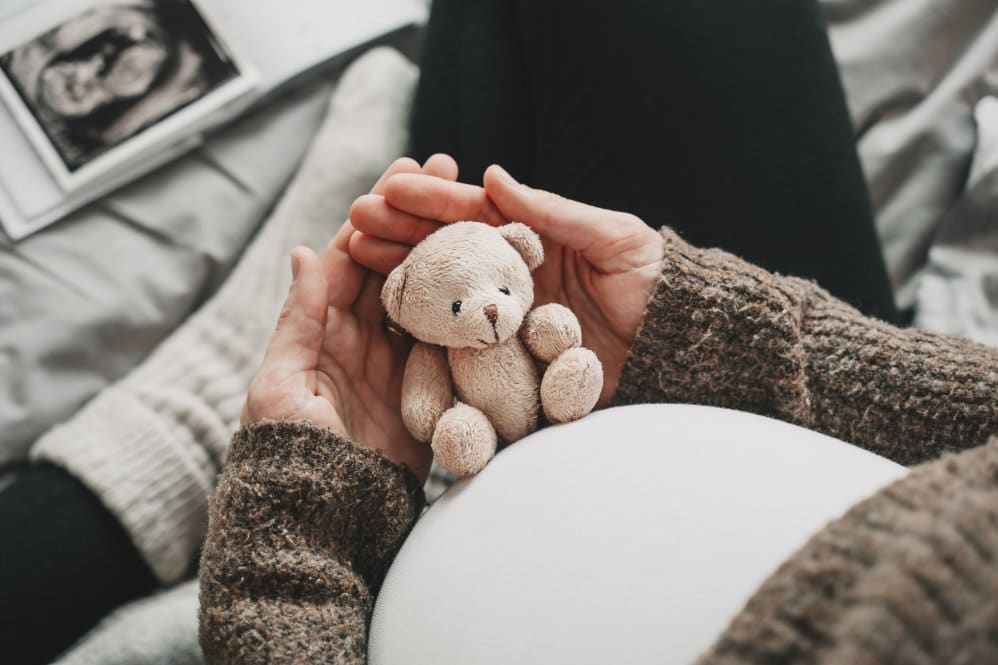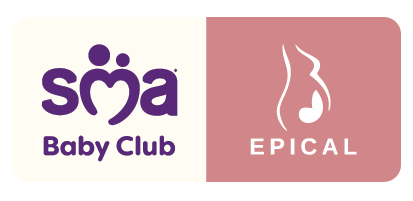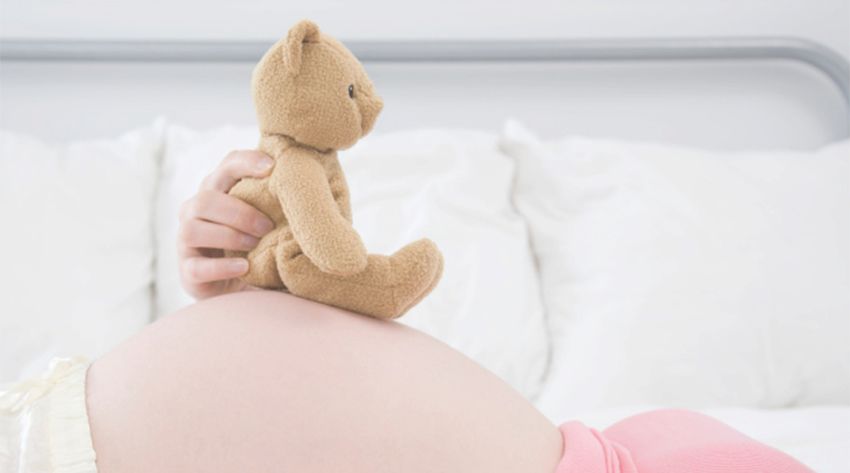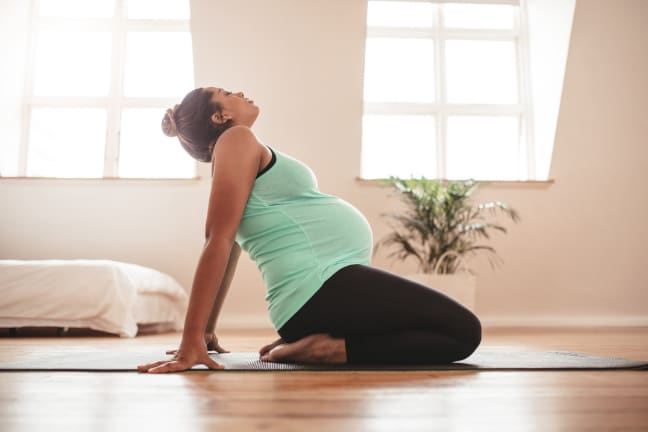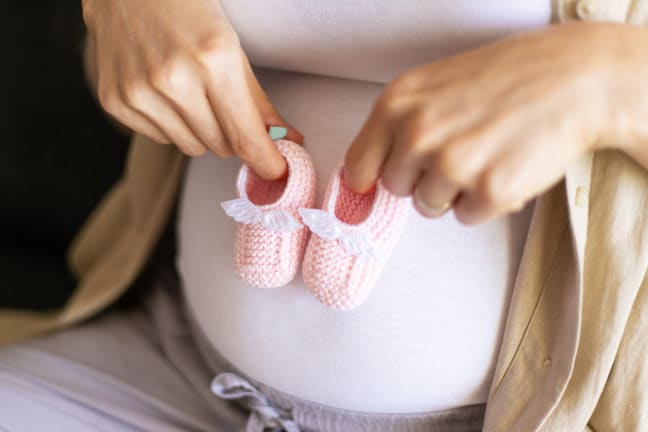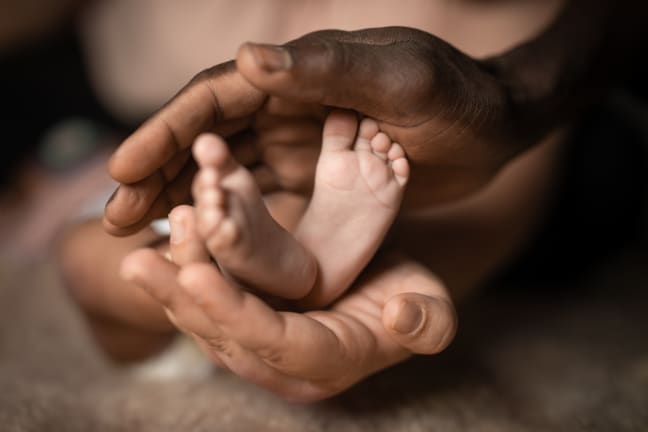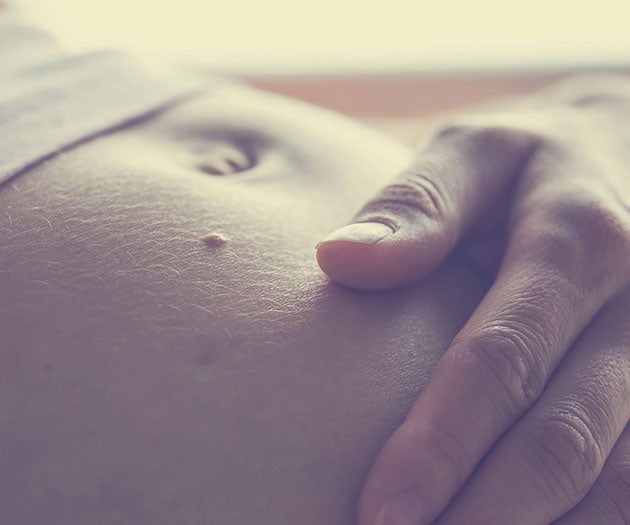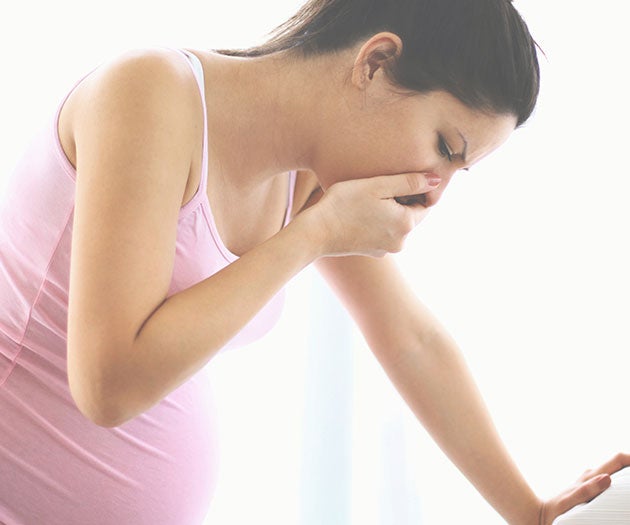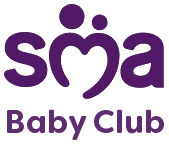Introduction
At week 36, your baby is the size of a romaine lettuce. Nutrition is important for you and baby, especially if you decide to breastfeed. Try to include fish in your diet twice a week, including one portion of oily fish for omega-3 fatty acids, which is good for brain development. Read our top tips on how to choose a baby name and information of what to expect at 36 weeks pregnant.
What happens at 36 weeks pregnant?
The size of baby at 36 weeks pregnant is like a romaine lettuce and reaching the peak of growth. Your umbilical cord has been supplying food on tap until now, so when they’re born they’ll need to learn to wait between feeds. This might explain why your newborn is crying in the first few days or weeks. Your placenta has been acting as lungs so baby’s birth will be a really steep learning curve as they take that first breath of air in the big wide world. On the subject of their breathing, if you’re decorating the nursery near the due date, try to make sure the room has a few days to ventilate before your tiny new lodger checks-in.
What happens to your body at 36 weeks pregnant?
Forgotten what your feet look like? Does your bump enter the room well before you do? Feel like you’re doing the penguin waddle? That’s trimester three for you.
Switch to slip-on shoes or flip-flops if you want to avoid bending down too much. Don’t feel bad asking others to do the housework and daily chores. Many partners like the feeling of being useful when they can’t do much to help with baby yet, so give yourself permission to delegate.
That’s not to say you should give up exercise though. Regular walking, pilates or yoga can help keep you nice and supple for labour. It can also help with backaches and sciatica in pregnancy, which many women experience in the later stages.
What to eat at 36 weeks pregnant?
You are what you eat, and baby is too. Even at this late-stage nutrition matters. And if you decide to breastfeed it’ll matter even more. Think about what you’re eating as a way to look after not just your body but baby’s too.
Remember, the right amount of certain types of fish (mackerel, salmon, sardines) is good for baby’s brain development thanks to omega-3 fatty acids. Dairy is also great for baby’s bone growth. Foods like milk, cheese and yoghurt contain calcium, fat and vitamin D, all very much needed right now. Oh, they’re really tasty too. Choose low-fat varieties like semi-skimmed or skimmed milk, low-fat or lower-sugar yoghurts and reduced fat cheese. Aim for two or three portions a day. If you’re vegan there are plenty of fortified dairy substitutes like almond milk, coconut milk, soya yoghurt and dairy-free cheese.
What are the symptoms of 36 weeks pregnant?
36 week pregnant symptoms can include pelvic pain and pressure. When baby moves down into the pelvis it can put pressure on your lower abdomen. If your baby hasn’t dropped yet you may be experiencing shortness of breath. This is quite normal as the baby is putting pressure on your lungs leaving you a little short of breath. Take things a bit more slowly if you find you are running out of puff and get plenty of rest. Sitting or standing up straight may also help your lungs to expand, giving you a bit more air.
Read our article on preparing for labour to ensure you are ready for the big day
How to choose a baby name
Choosing a baby name. It’s one of the best bits of pregnancy. Even if you’ve had a name in your head since you were a little girl, it’s so much fun trying out different names against your surname.
Some couples fight over names for months, others decide when they see baby for the first time, others can’t decide for weeks after baby is born, and some parents change the name three times in three weeks. If you really can’t agree between you why not try middle names, double-barrelled names or even invent new names with a combination of two old names?
A smart way to approach the selection process is by using lists. You make one, and your partner makes one. If any names appear twice, you’ve got some contenders!
If too many friends or relatives get involved in the hunt for a name, things can get a little more confusing. You don’t want your favourite baby name reminding you of aunty Betty’s three-legged Chihuahua do you?
How about our naming tool for another fun way to play the baby naming game?



